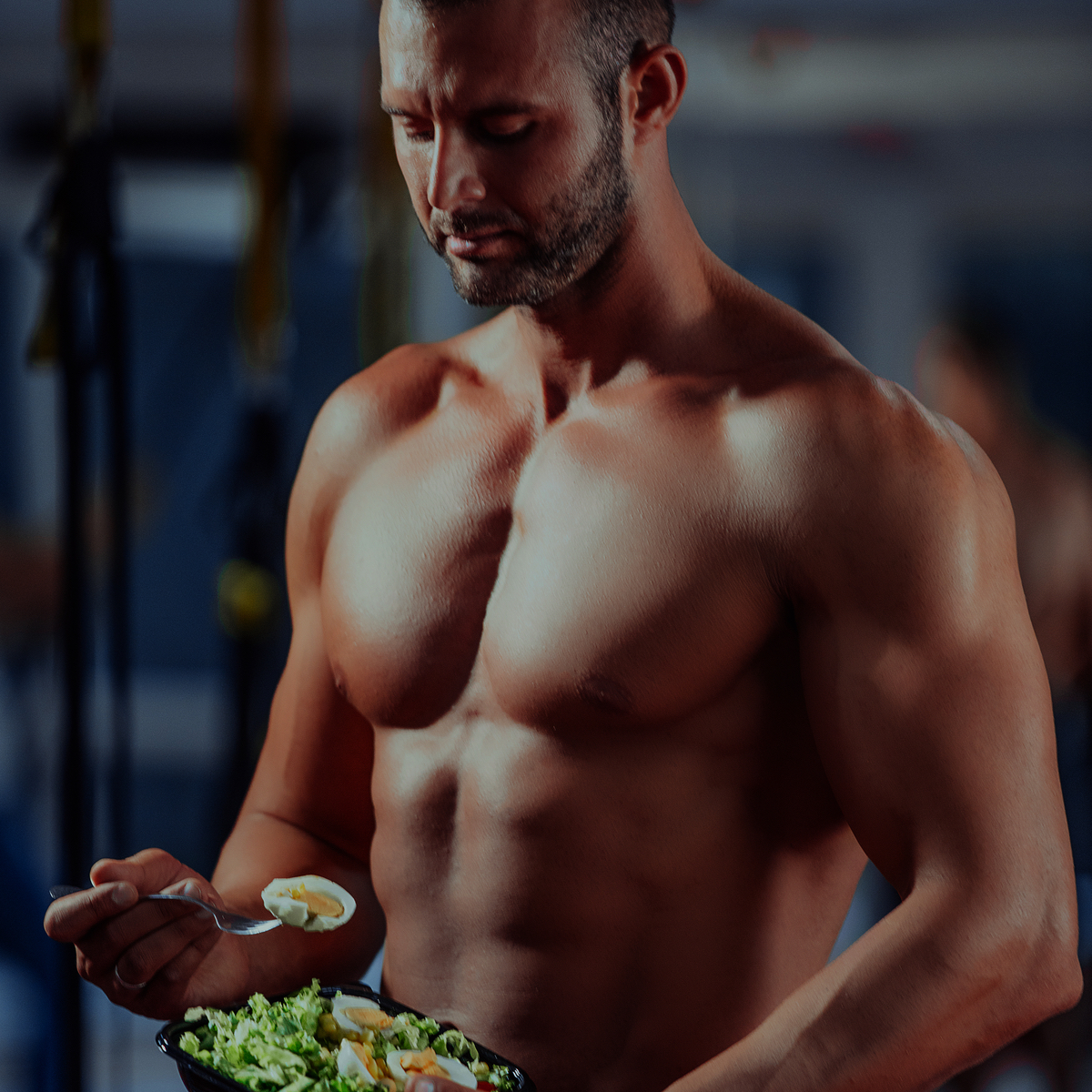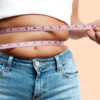SUMMARY
Wondering what to eat after a workout? A great post-workout meal can help you burn fat and build muscle. Certain foods can also speed recovery and prevent muscle soreness.
Fresh N’ Lean is the nation’s largest organic meal delivery service. Our tasty, chef-prepared cuisine is always fresh and never frozen, and we offer five convenient meal plans: Protein+, Keto, Paleo, Standard Vegan and Low-Carb Vegan. Choose Fresh N’ Lean for affordable nutrition, delivered to your doorstep.
If you want to reshape your body, the food you eat can make it easier or more difficult for you to achieve your objectives.
With this in mind, it’s important to know what to eat after a workout. Whether you’re looking to lose weight or gain muscle, the right post-workout meal can take you one step closer to reaching your goal.
In this article, we will:
- Discuss the benefits of eating after a workout
- Share tips that can help you make the right choices when eating after an exercise session
- Provide examples of ideal post-workout meals and snacks
Why eat after a workout?
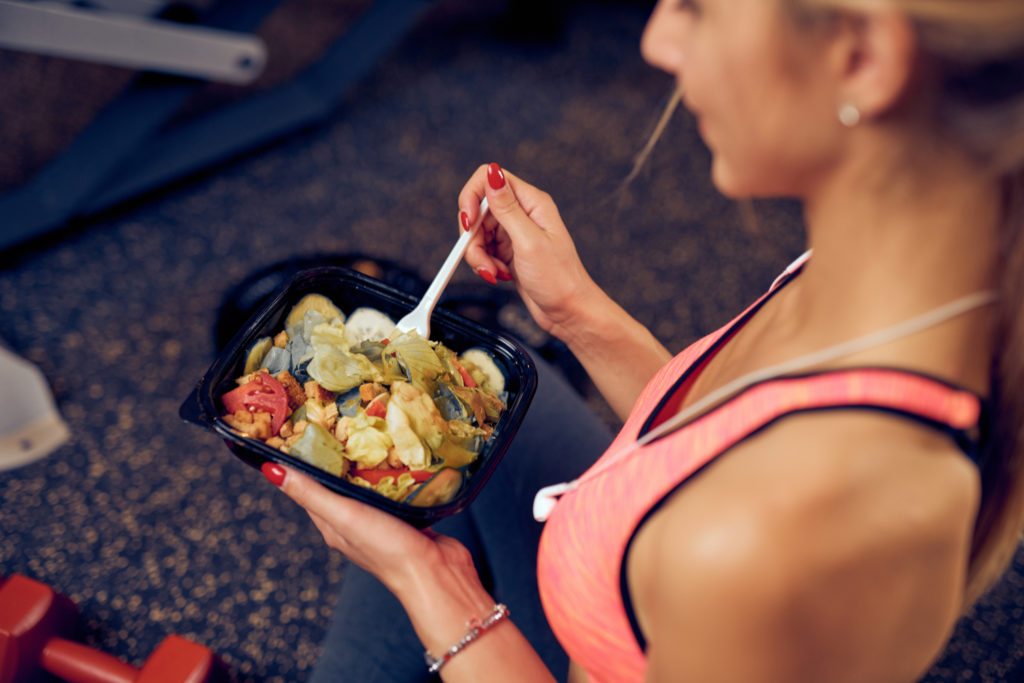
We know that for weight loss to happen, the calories you burn need to exceed the calories you take in. With this in mind, if you’re looking to lose a few pounds, it may be tempting to skip food altogether in the minutes and hours that follow your workout.
However, there are some good reasons why you should eat a meal or a snack following exercise, even if your primary goal is to lose weight.
Here are some benefits of having a post-workout snack or meal:
1. Provides energy
Let’s talk about glycogen. Your body relies on glycogen stores to provide you with fuel when you exercise. And after your workout is complete, you require adequate glycogen to give you the energy you need to function without fatigue.
Certain foods do a great job of replenishing your body’s glycogen stores. As far as macronutrients go, carbohydrates provide the most benefits when it comes to boosting glycogen. If you want to increase glycogen stores and ramp up energy, a carb-rich post-workout snack will do the trick.
The type of exercise you do will impact how much glycogen your body needs to recover. Generally speaking, endurance sports such as running and swimming burn more glycogen than resistance training. That means that if your focus is on endurance sports, you’ll need to eat more carbs than someone whose focus is planted squarely on bodybuilding.
Another factor that impacts glycogen stores is exercise frequency. If you exercise often – such as two or more times a day – you’ll have a higher need for glycogen replenishment.
2. Increases muscle growth
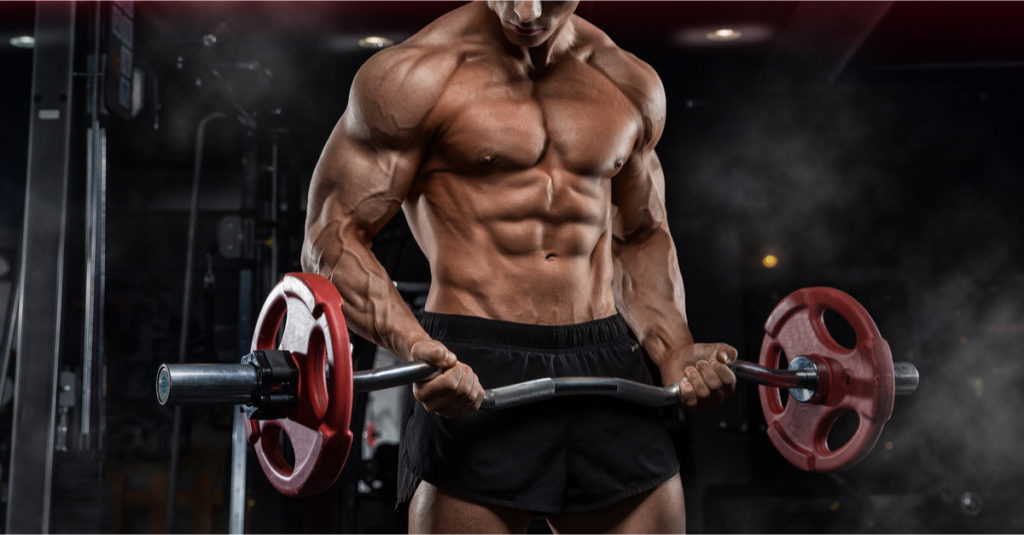
Having a healthy amount of lean muscle is important for all of us. It’s especially essential if your goal during exercise is to achieve greater muscle density.
The right foods can help ramp up muscle growth following your workout.
During a workout, proteins in your muscles are placed under stress that causes them to become debilitated. Immediately after you exercise, your body aims to repair and regrow these proteins. The process of growing muscle in this way is known as muscle protein synthesis.
Eating after a workout can help support muscle protein synthesis. Specifically, you’ll need to consume foods that are rich in protein. Research shows protein contains amino acids that serve as the building blocks for creating and growing muscle tissue.
That means that if you want to build a more muscular physique, protein-rich foods are a must in the minutes following your workout.
3. Discourages binging
Binging is the enemy of a healthy lifestyle. During binging, we consume too many calories. We’re also likely to eat junk foods that are low in nutrition.
Often, binging is triggered by a feeling of deprivation. If we haven’t eaten in a while and we feel hungry, we’re setting the stage for conditions that can lead to binging.
On the other hand, if we take steps to make sure we always feel reasonably full and satiated, binging is less likely to occur. Having a healthy meal or snack after a workout can help us achieve that feeling of satiation.
As such, having a post-workout meal or snack can help prevent binging and keep us on a healthy path when it comes to our food choices.
4. Supports healthy weight loss
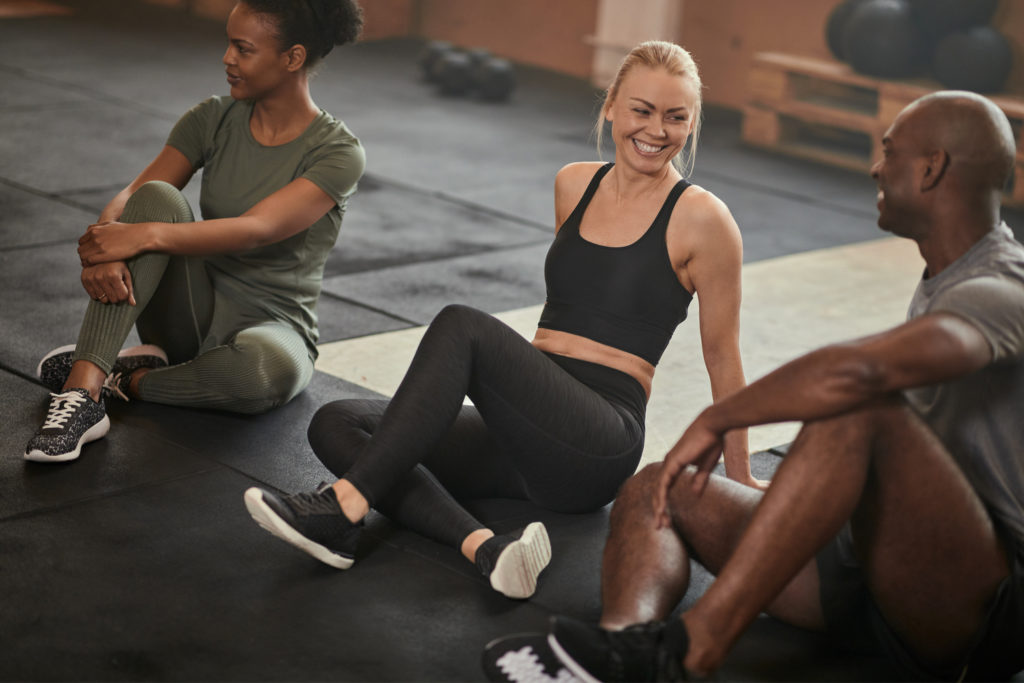
Certain foods can help you lose weight.
The key macronutrient that’s of value here is protein. Protein boosts your metabolism and helps the body burn more fat.
Adding it to your post-workout meal supports healthy weight loss by heightening your body’s ability to get rid of fat cells.
5. Restores immunity
An intense workout provides valuable health benefits, but it can also be hard on your body’s immune system. A diminished immune system can make you more vulnerable to viruses.
The best way to offset this decrease in immunity is to eat carbohydrate-rich foods following your workout. These foods give your immune system the boost needed to restore proper function and protect you from harmful bugs.
6. Supports healthy food choices
Making healthy food choices is important if you want to remain on a path that supports wellness. This means avoiding junk food and selecting food that packs lots of nutrition.
We all have moments of weakness, but these moments are more likely to occur if we feel hungry and deprived. When hunger takes hold, it’s easier for us to give in to cravings. Or we may just wind up reaching for the food that’s closest at hand, regardless of whether it benefits our health.
For this reason, a post-workout meal is important. We’re likely to be hungrier than normal after a workout. Planning to have a healthy meal or snack during this time allows us to address this hunger in a way that supports our overall health strategy.
Tips to consider when eating after a workout
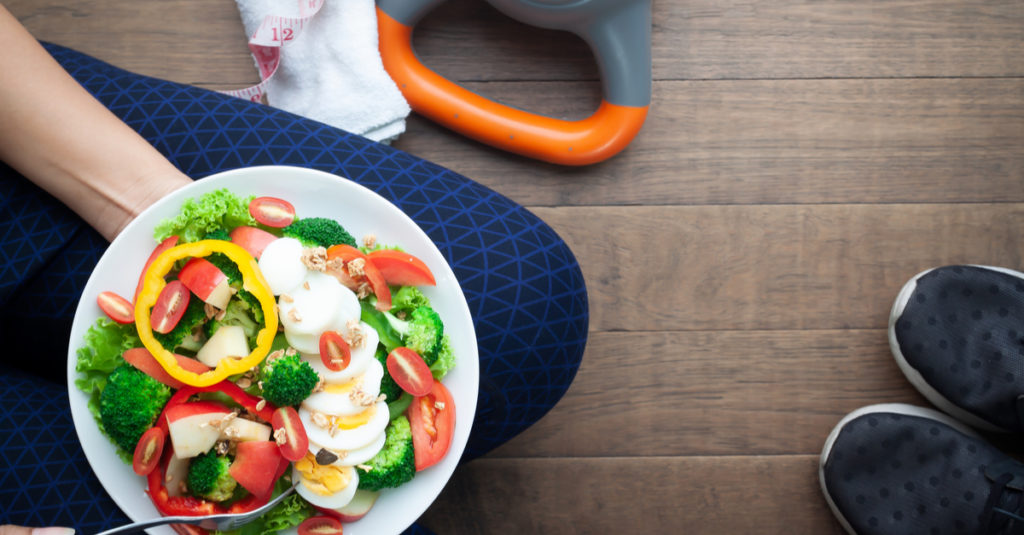
So, what are the golden rules when it comes to post-workout nutrition?
Here are some tips to keep in mind when eating after a workout:
1. Eat within 45 minutes of your exercise session
After an exercise session, nutrient timing is important. Research shows that your body has a heightened ability to shore up its glycogen stores and rebuild protein in the minutes right after your workout.
For this reason, it’s important to keep timing in mind when scheduling your post-workout meal or snack.
It’s a good idea to eat as soon as possible following an exercise session. Experts recommend that you have a meal or snack within 45 minutes of finishing your workout. This timing facilitates optimal glycogen replenishment and protein synthesis.
2. Choose healthy whole foods
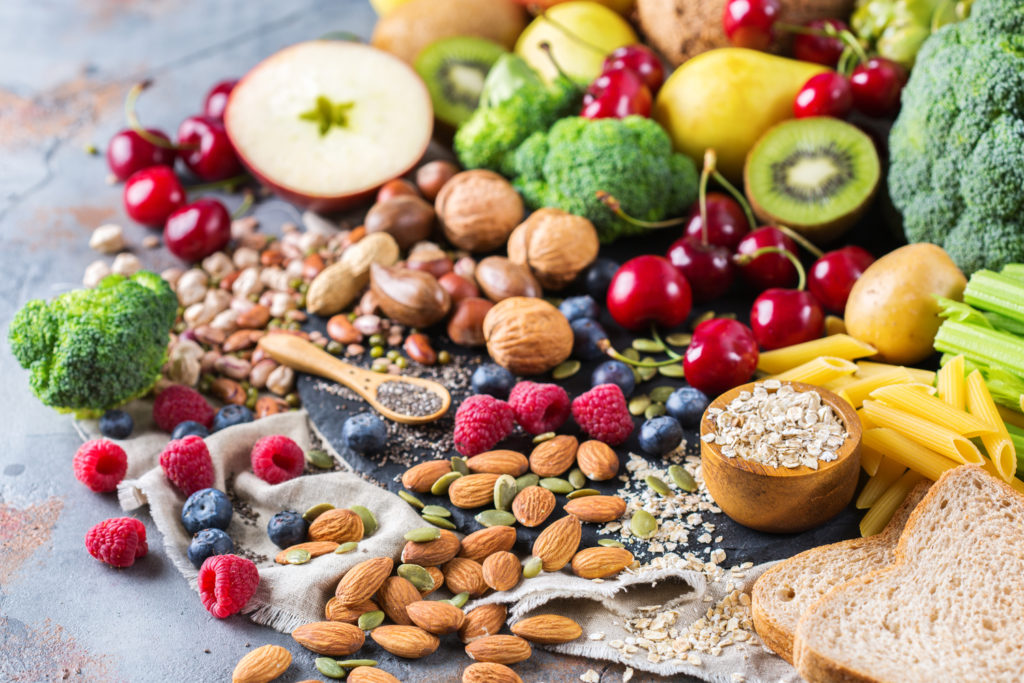
The point of eating after exercising is to provide your body with energy and nutrition. Whole foods are high in nutrition. As such, they’re great choices if you want to select foods that provide your body with the nourishment it needs following a workout.
Here are some healthy whole foods to include in your post-workout eating plan:
Healthy carbs
- Oats
- Quinoa
- Bananas
- Buckwheat
- Beets
- Sweet potatoes
- Apples
- Blueberries
- Oranges
- Grapefruit
- Chickpeas
- Kidney beans
- Prunes
- Lentils
- Pumpkin
- Cherries
- Taro
- Carrots
- Brown rice
Animal proteins
- Eggs
- Chicken breast
- Cottage cheese
- Greek yogurt
- Milk
- Lean beef
- Tuna
- Turkey breast
- Shrimp
- Kefir
- Ricotta cheese
Plant proteins
- Almond butter and other nut butters
- Broccoli
- Green peas
- Pumpkin seeds
- Brussels sprouts
- Peanuts
- Almonds
- Cashews
- Pecans
- Walnuts
- Spelt
- Teff
- Hempseed
- Spirulina
- Amaranth
- Ezekiel bread
- Soy milk
- Wild rice
- Chia seeds
- Spinach
- Asparagus
- Artichokes
- Corn
3. Drink lots of water
Proper hydration helps you reap maximum benefits from your exercise session.
As you work up a sweat during your workout, your body loses water and electrolytes. These need to be replenished for optimal recovery. Also, our muscles are made up mostly of water. Drinking enough water after a workout helps make sure your muscles have the hydration they need to strengthen and grow.
4. Include healthy omega-3 fats
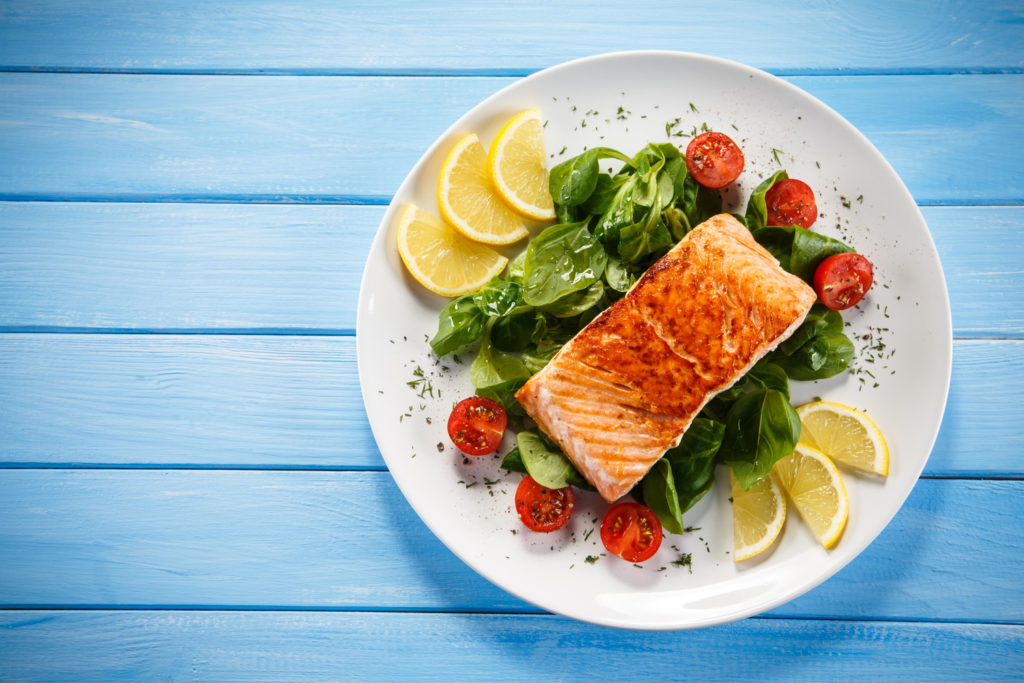
The healthy fat from omega-3 fatty acids can support your workout in a couple of ways.
First of all, these fats may be able to ramp up the synthesis of muscle proteins and enhance the size of muscle cells. This will help you achieve ideal results from your exercise plan, especially if your goal is to build muscle. In a 2020 study involving older adults, supplementation with omega-3 fatty acids helped participants build muscle mass.
Omega-3 fatty acids provide another post-workout benefit: They help reduce muscle soreness. Resistance training often leads to muscle soreness. In a 2016 study, regular fish oil supplementation proved effective at relieving the soreness that many people feel after a demanding exercise session.
These foods are high in omega-3 fatty acids:
Animal-based
- Mackerel
- Cod liver oil
- Salmon
- Herring
- Oysters
- Anchovies
- Sardines
- Caviar
Plant-based
- Chia seeds
- Flaxseeds
- Walnuts
- Soybeans
5. Avoid highly processed foods
One of the main reasons for eating after a workout is to provide your body with quick nutrition. To access this nourishment, you’ll need to consume foods that are easy for the body to digest. Whole foods typically fall within this category.
Processed foods live on the other end of the digestibility spectrum. These foods are notoriously difficult for the body to break down. Because of this, it’s hard for the body to access the nutrition it needs after a workout when you use these foods as your fuel.
Furthermore, many processed foods are low in nutritional value. As a result, they do a poor job of providing the replenishment needed after an intense workout.
Finally, highly processed foods often tend to be high in empty calories. Because of this, these foods are likely to undermine the benefits you’ve achieved during your exercise session.
Here are some processed foods that you should aim to avoid when planning your post-workout nutrition:
- French fries
- Fast foods such as hamburgers, cheeseburgers, chili dogs and nachos
- Potato chips
- Soda
- Cookies
- Cake
- Candy
- Sugary drinks
- Pretzels
- Pizza
- Doughnuts
- Pastries
6. Keep a food journal
We’re all different, and our bodies respond to different foods in different ways. You may find that certain foods enhance your energy after workout. Others may leave you feeling less motivated.
It can be helpful to keep track of the foods you eat and the effect they have on you. A food journal can simplify this process. It requires you to keep a record of the foods you consume. You’ll also need to add notes that address the effect each food has on your mood or energy level.
Going this route will give you the information you need to make the smartest choices as you continue to refine your health and wellness strategy.
Post-workout nutrition: Sample meals and snacks

Need some inspiration in designing post-workout snacks that boost muscle protein and replenish glycogen stores? Here are some meal ideas:
- Carrot sticks and almond butter
- Chocolate milk (look for one that’s low in added sugar)
- Ezekiel bread and peanut butter
- Tart cherry juice and cashews
- Salmon and sauteed vegetables
- Mackerel and brown rice
- Homemade smoothie with whey protein
- Lean beef and steamed broccoli
- Homemade smoothie with spirulina and bananas
- Celery sticks and nut butter
- Scrambled eggs
- Tofu scramble
- Homemade smoothie with apples, soy milk and vegan protein powder
- Tuna and wild rice
- Mackerel and sweet corn
- Chia seed pudding
- Shrimp and sauteed asparagus
- Tuna on whole-grain toast
- Banana with a tablespoon of cashew butter
- Whole-wheat pita bread topped with a slice of turkey meat
- Broiled chicken breast with steamed vegetables
- Greek yogurt and blueberries
- Trail mix (nuts and dried fruits)
- Quinoa bowl with peanuts and berries
- Whole-wheat pita bread with hummus and tomatoes
- Tuna sandwich with lettuce, tomatoes and Ezekiel bread
- Granola with berries and almond milk
- Sweet potato and lean beef
- Milk and oatmeal
- Fresh coconut water and an open-faced egg sandwich
- Apple slices and raw almonds
- Hard-boiled eggs and fruit
- Oatmeal with egg whites cooked in
- Lean steak and salad
Next steps
Check your pantry to make sure you have healthy food on hand to fuel you after your next workout. If you’re running low on a food that you’d like to incorporate into your eating plan, hit the grocery store to replenish your supply.
If you want access to healthy food that doesn’t require you to cook or shop for groceries, subscribe to Fresh N’ Lean. We offer meal plans that range from vegan to keto. Our organic, chef-prepared cuisine is delivered straight to your door.
